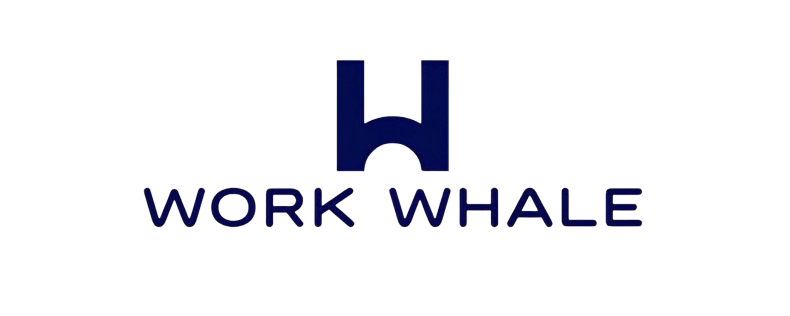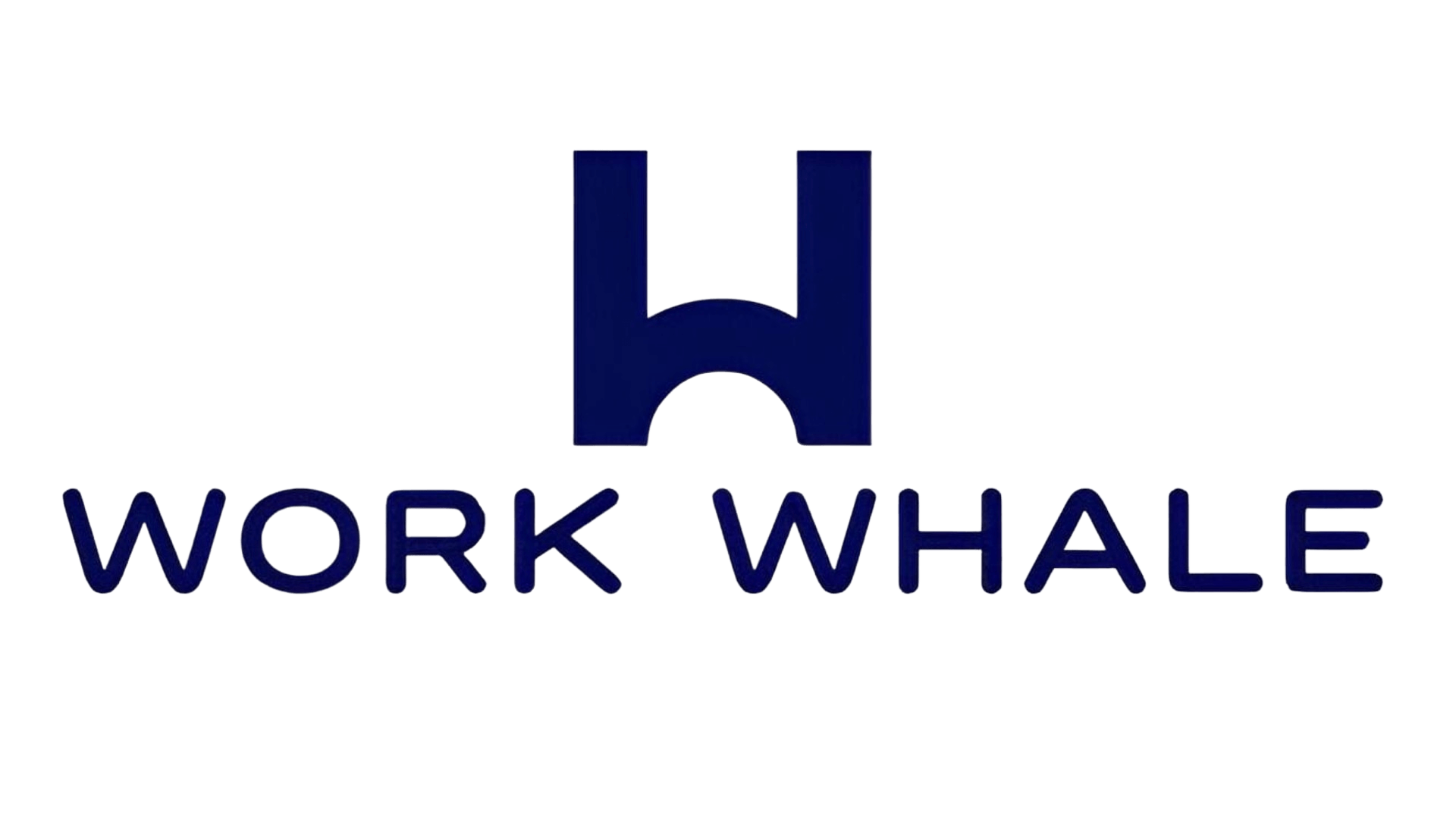In the realm of goal-setting and performance management, Objectives and Key Results (OKRs) have emerged as a powerful framework to drive focus, alignment, and success within organizations. Originally popularized by Intel and later adopted by tech giants like Google, OKRs have become a staple in various industries. This comprehensive guide aims to unravel the intricacies of OKRs, offering insights into their definition, benefits, implementation, and best practices.
Understanding OKRs:
1. Objectives:
Objectives are high-level, ambitious goals that define the organization’s strategic direction. They are qualitative, inspirational, and answer the question, “Where do we want to go?”
2. Key Results:
Key Results are specific, measurable outcomes that indicate progress towards achieving an objective. They are the quantifiable milestones that define success and answer the question, “How will we know when we get there?”
The Anatomy of OKRs:
Clarity and Simplicity:
OKRs thrive on clarity and simplicity. Each team or individual should have a limited number of objectives (usually 3-5) to maintain focus.
Alignment:
OKRs cascade from top-level organizational objectives to departmental, team, and individual objectives. This ensures alignment and everyone working towards shared goals.
Measurability:
Key Results should be measurable and quantifiable, providing a clear indicator of progress. The use of specific metrics or percentages is common.
Benefits of OKRs:
Alignment:
OKRs align teams and individuals with the broader organizational goals, fostering a sense of purpose and unity.
Focus:
The limited number of objectives encourages prioritization, helping teams concentrate on what truly matters.
Accountability:
Clear and measurable Key Results make it evident who is responsible for what, fostering accountability within the organization.
Adaptability:
OKRs are designed to be flexible, allowing teams to adjust and adapt their goals as circumstances change.
Implementing OKRs:
Leadership Buy-In:
Successful OKR implementation starts with leadership buy-in. When leaders champion the process, it permeates through the organization more effectively.
Collaborative Goal-Setting:
Involve teams and individuals in the goal-setting process to ensure buy-in and commitment.
Regular Check-Ins:
Regular check-ins and reviews are crucial for tracking progress, identifying challenges, and making necessary adjustments.
Best Practices for OKRs:
Ambitious yet Attainable:
Objectives should be ambitious enough to inspire, yet attainable with focused effort.
Quality over Quantity:
Fewer, high-quality objectives are more effective than a long list that dilutes focus.
Transparent Communication:
Open communication about objectives and progress creates a culture of transparency and shared responsibility.
Continuous Learning:
Regularly assess the effectiveness of OKRs, learn from outcomes, and iterate for continuous improvement.
Challenges and Solutions:
Overemphasis on Key Results:
Focusing solely on Key Results can lead to a lack of innovation and risk-taking. It’s crucial to balance measurable outcomes with the pursuit of meaningful objectives.
Lack of Flexibility:
Overly rigid adherence to OKRs may hinder adaptability. Organizations should be open to adjusting goals based on changing circumstances.
Conclusion:
Objectives and Key Results provide a structured yet flexible framework for organizations to set, communicate, and achieve strategic goals. As organizations continue to embrace agile methodologies and collaborative approaches, OKRs stand as a beacon guiding them towards achieving their loftiest aspirations.






